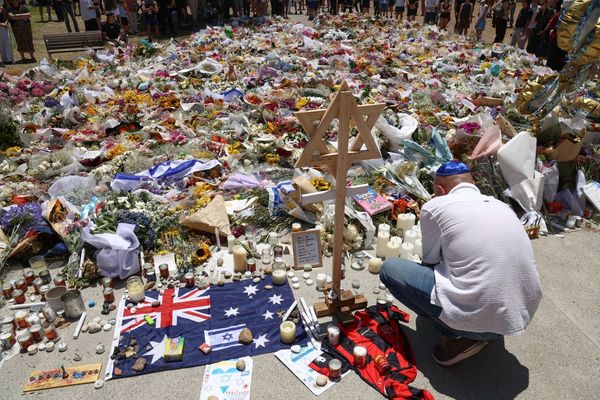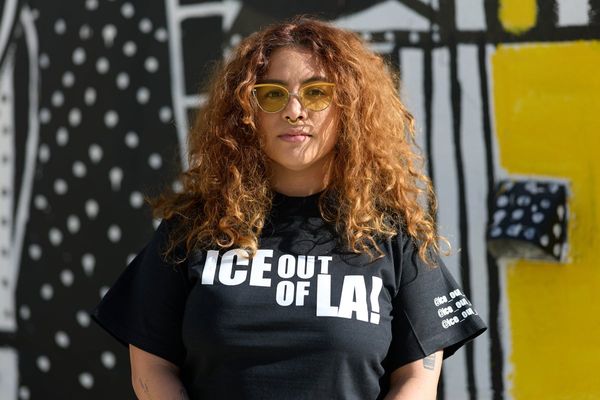This week, more reports emerged of horrific abuse of children at childcare centres. An ABC investigation reported young children had suffered burns and been verbally abused. In another case, a baby was repeatedly slapped by an early childhood educator.
This follows claims of sexual abuse and neglect earlier this year.
On Tuesday, we also saw the appointment of Victorian senator Jess Walsh as the new minister for early childhood education. As a former head of the union responsible for the sector, Walsh comes to the role with a thorough understanding of early education issues. She will also sit in cabinet.
What does Walsh and the re-elected Albanese government need to do to better ensure children’s safety in early childhood education and care? Here are three ideas.
Read more: Amid claims of abuse, neglect and poor standards, what is going wrong with childcare in Australia?
1. Design safer centres
One place to start is how centres are set up.
“Safety by design” is a concept used in other sectors (such as online safety) and has its origins in crime prevention. It means planning spaces and systems to prevent harm before it happens. This could include changing the environment, routines or rules.
For example, clear lines of sight in a room help educators watch children, and each other, more easily. Secure entrances ensure only authorised people can come into a centre.
But safety isn’t just about buildings; it also depends on people. Educators need the right training to spot risks and signs of harm, and to act early.
This means building their capability: not just knowing what to do, but feeling confident to speak up and raise concerns. This confidence needs to be encouraged by managers and leaders in centres – staff should be supported to speak openly.
2. Conduct a thorough investigation
Australia has a system to monitor quality standards in early childhood services via the Australian Children’s Education and Care Quality Authority or ACECQA. This body oversees a National Quality Framework.
On Friday, National Children’s Commissioner Anne Hollonds said Australia needs to “urgently strengthen” regulatory frameworks.
The recent reports of abuse and noncompliance certainly raise a series of questions: how could this happen? How could “trained professionals” think this treatment of children is OK?
Multiple systemic failures could be the answer – meaning the mechanisms or processes in place to stop situations going from unacceptable to unfathomable, failed.
A federally convened taskforce could investigate these breaches of child safety to identify risks and failures and prevent further cases of harm. Rather than yet another long inquiry, a taskforce could help get to the root of the problems and recommend solutions that can be implemented quickly.
Read more: How can you tell if your child's daycare is good quality?
3. Boost the status of early childhood education
Governments can also invest in the ongoing professionalisation of early childhood educators. They can do this by insisting on higher qualifications, pay, professional development and a strong ethical framework.
In turn, this can enhance the ability of those in the sector to prevent and respond to abusive practices.
Admittedly, the federal government has taken steps to increase requirements around qualifications and pay. But early childhood professionals continue to endure low status in the community.
The people who work in early childhood services are not “babysitters” – they are trained educators. Early childhood education is also more than a means to increase productivity, by enabling parents to work. It provides education and care to children at a crucial time in their development.
None of these perceptions help the sector or the service it provides. The whole community needs to understand the vital role it plays in our society – just like schools or hospitals.
If Australians appreciate and value early childhood education, they can advocate for (or at least support) improvements and investments.
A final word to parents
It is understandable parents might find recent headlines about abuse and neglect in early childhood centres distressing. Keep in mind, 91% of early childhood services have been assessed as at least meeting national quality standards.
If you have any concerns about your service, you can contact the regulatory authority in your state or territory.
Victoria Minson is the Course Coordinator for the Bachelor of Early Childhood Education (Birth to Five Years) (Accelerated) at Australian Catholic University. The Victorian offering of the course has received funding from the Victorian government and Victorian Department of Education. Victoria also receives funding from the Australian Research Council.
Daryl Higgins receives funding from the Australian Research Council, the National Health and Medical Research Council, and Australian Government and state/territory government departments.
This article was originally published on The Conversation. Read the original article.







